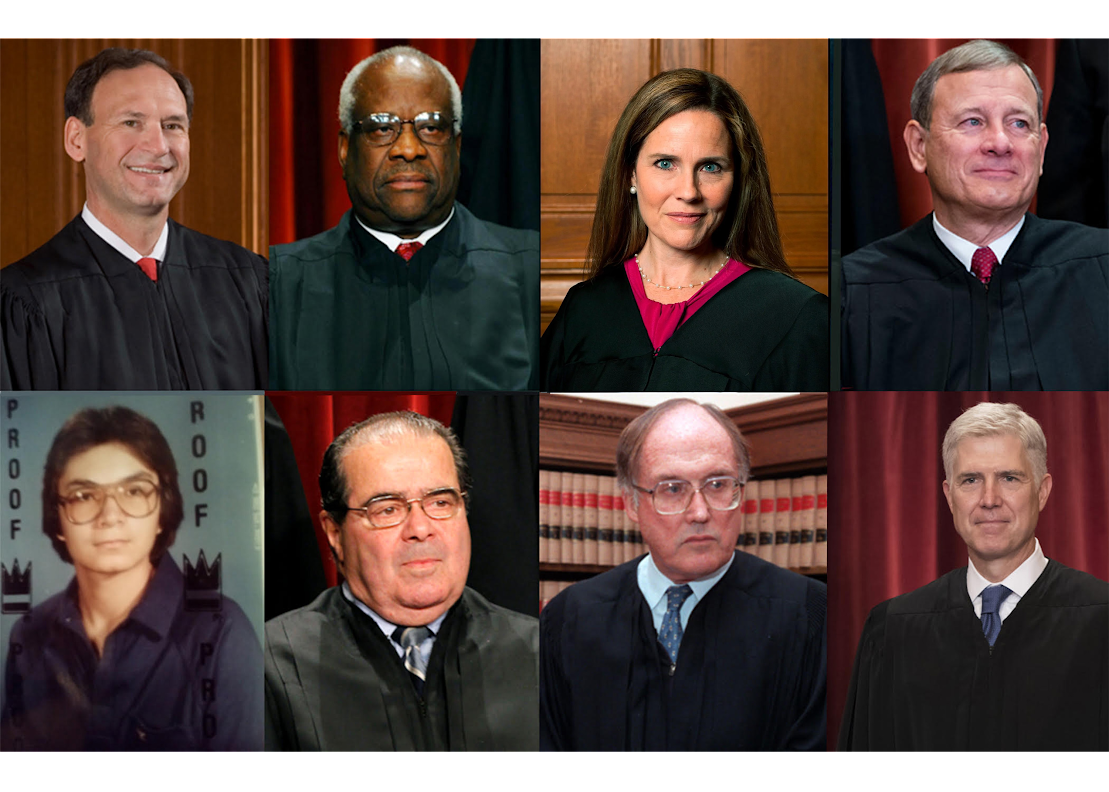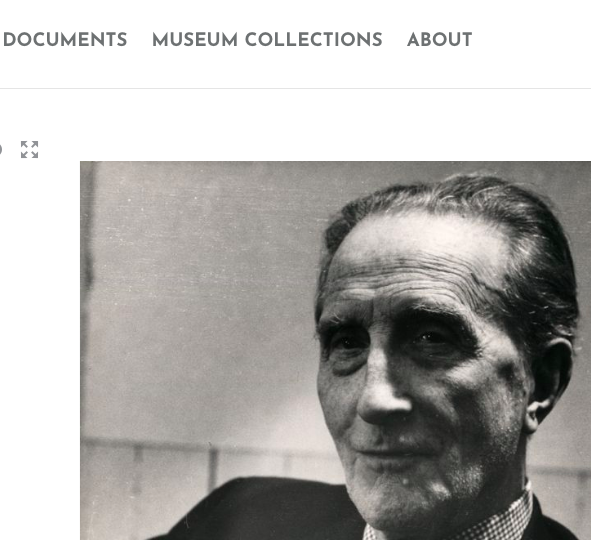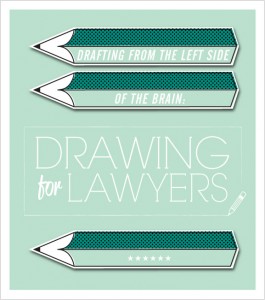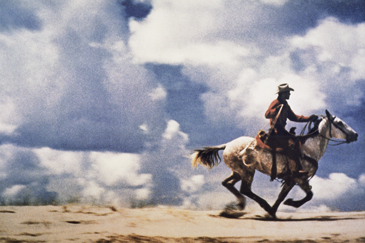
If you’ve been following the Cariou v. Prince copyright case, you won’t want to miss this. I’ll be in conversation with Cariou’s attorney, Dan Brooks, discussing the case and possible ramifications. Q&A after.
When: Wednesday, April 20, 2011, 6-8pm
Where: Volunteer Lawyers for the Arts, Auditorium, 1 East 53rd Street, NY, NY 10022 (corner with 5th Avenue)
On March 18, 2011, the United States District Court for the Southern District of New York granted summary judgment for plaintiff, artist Patrick Cariou, ruling that artist Richard Prince, in conjunction with the Gagosian Gallery, infringed Cariou’s copyrighted works. Dan Brooks successfully represented artist Patrick Cariou in Cariou’s copyright infringement lawsuit against artist Richard Prince. Mr. Brooks will be speaking about the case as well as issues raised by the decision. A Q&A session will follow Mr. Brooks’ presentation.
This talk will be moderated by VLA’s Associate Director, Sergio Muñoz Sarmiento.
Mr. Brooks is a partner with Schnader Harrison Segal & Lewis LLP. He is currently the Chair of the Securities Litigation Practice Group. He concentrates his practice in complex commercial, corporate, and securities and commodities litigation and arbitration. He has engaged in complex commercial business litigation in state and federal courts nationwide, as well as in numerous alternative dispute resolution forums in the U.S. and abroad. He has substantial expertise in defending broker-dealers in customer and employment disputes. He has also defended other corporate clients in employment-related matters, including disputes over bonus and severance packages and sexual harassment complaints. Mr. Brooks received his J.D. from Yale Law School, and his B.A. from Columbia University.
Fees: (seating is limited)
Artists, Arts Administrators, Students: $35
Legal Professional VLA Member: $125
Legal Professional Non-Member: $150
CLE: Two CLE credits available for admitted attorneys: 1 professional practice, 1 skills
All proceeds will benefit VLA’s Art & Law Residency Program.
For more information, please e-mail Sergio Muñoz Sarmiento at: ssarmiento@vlany.org
To register, please complete this registration form. All registration fees are non-refundable. For more information, please call Sergio Muñoz Sarmiento at 212.319.2787 x 13











